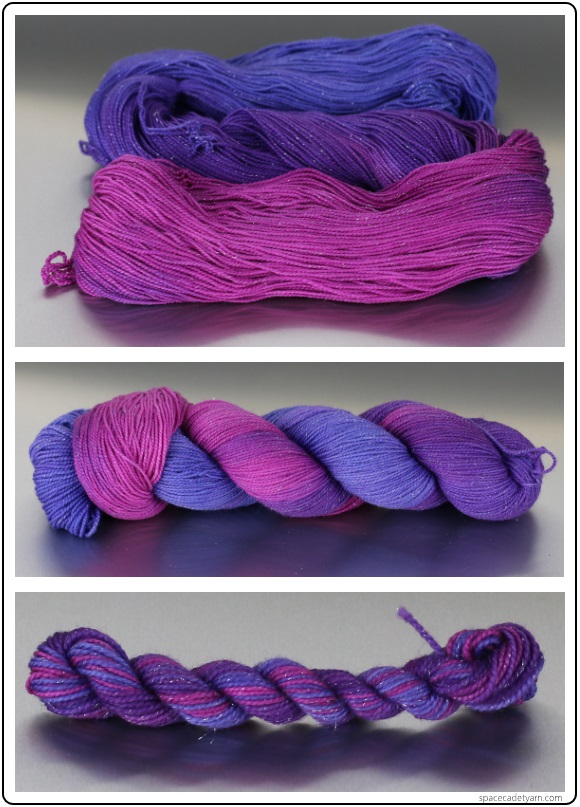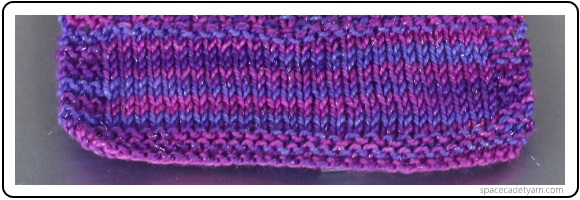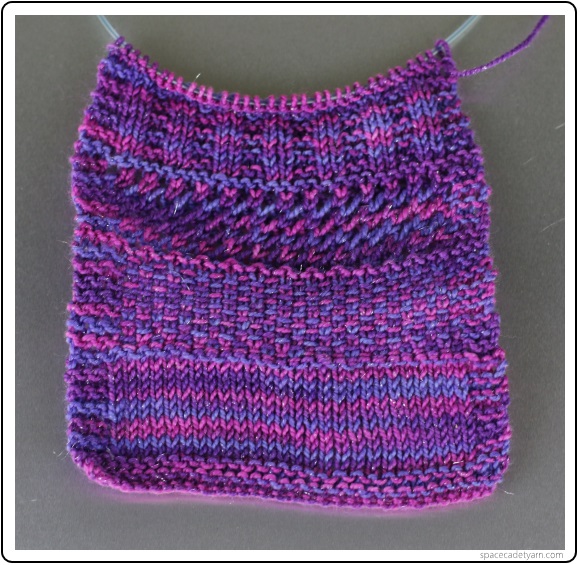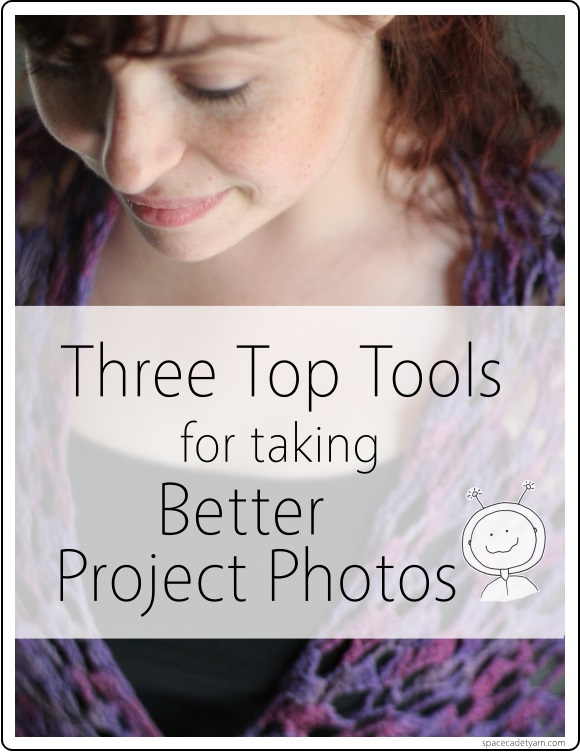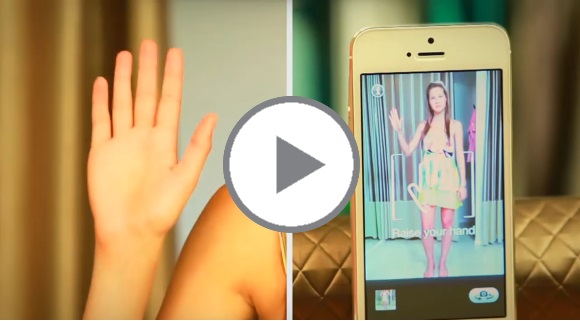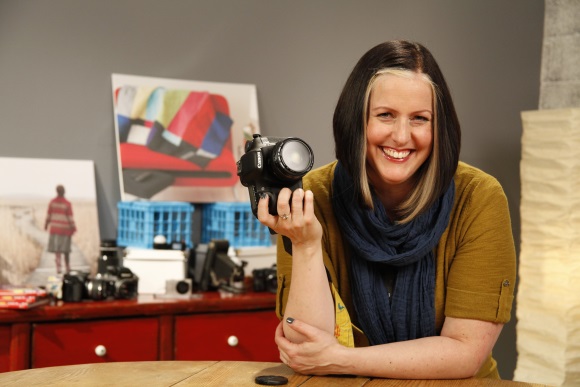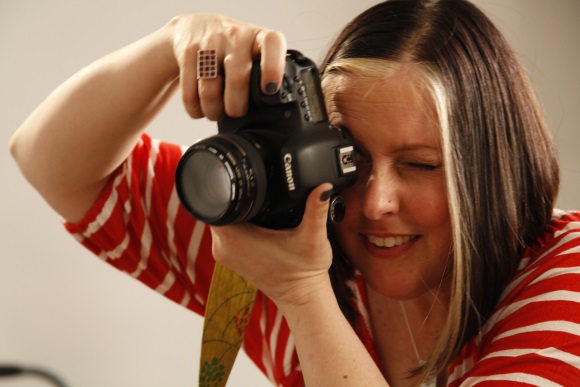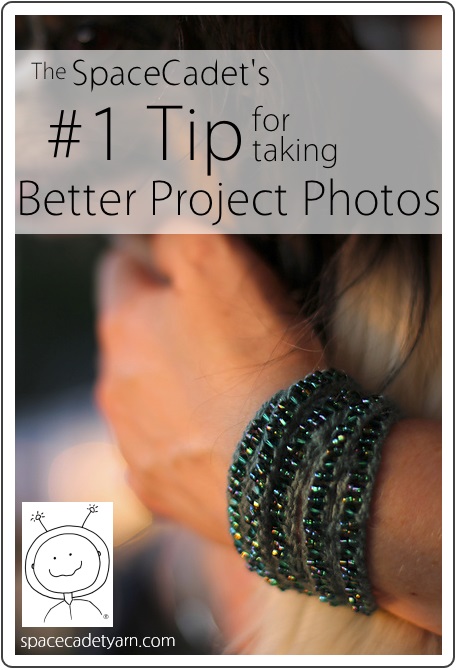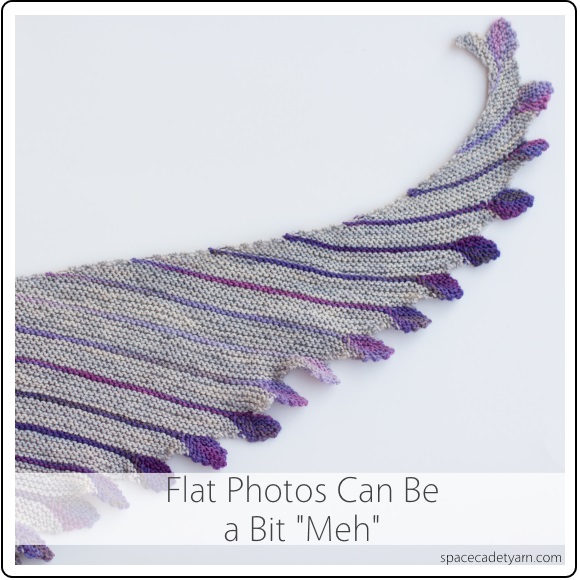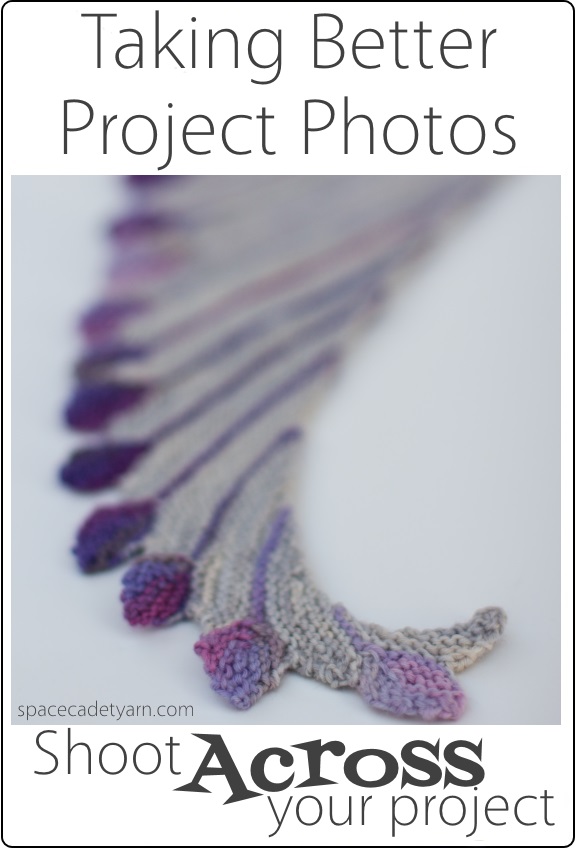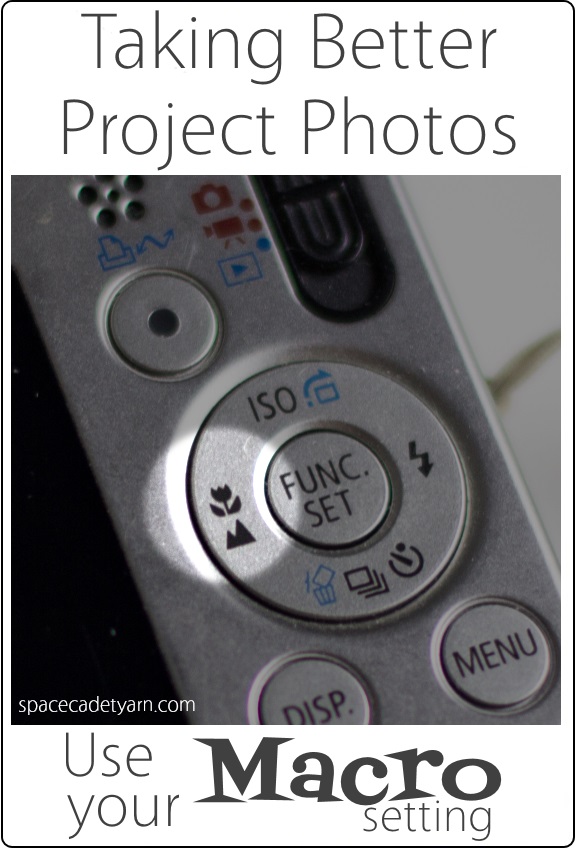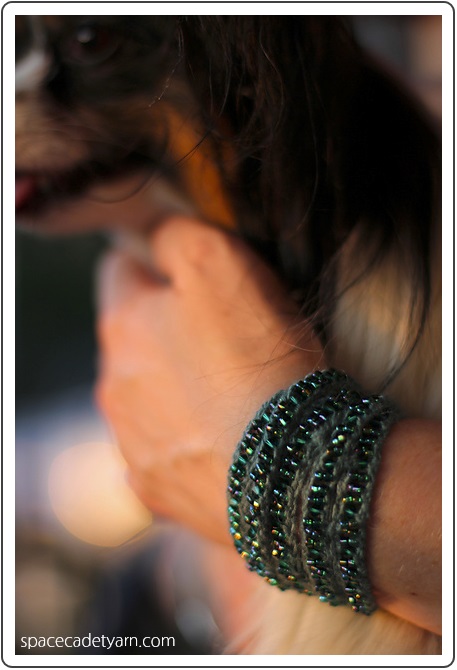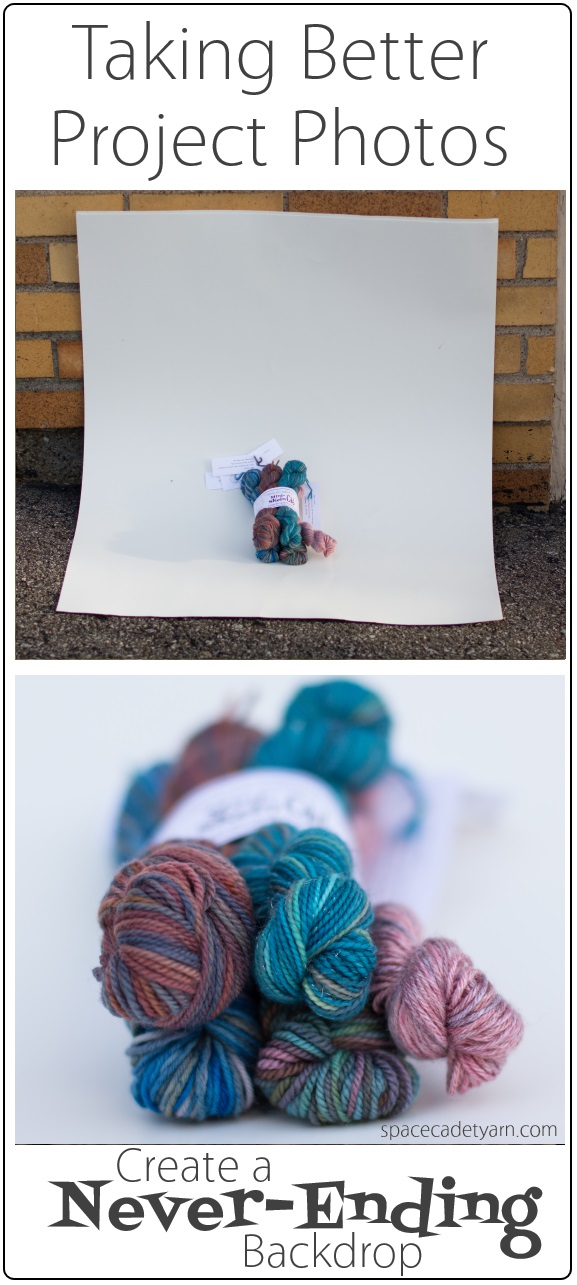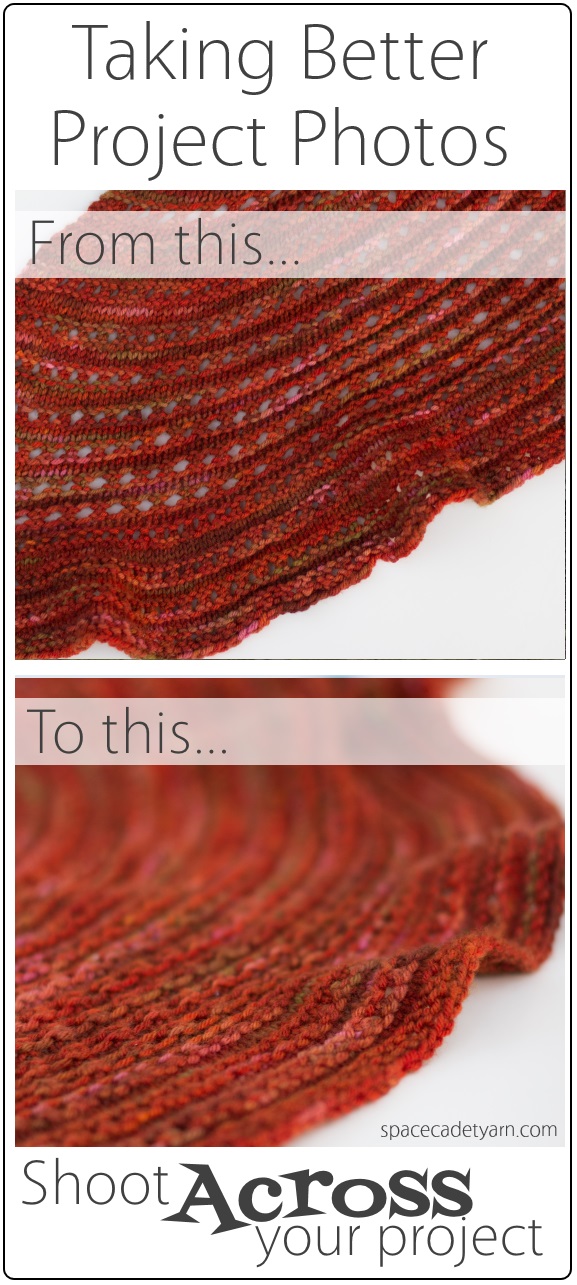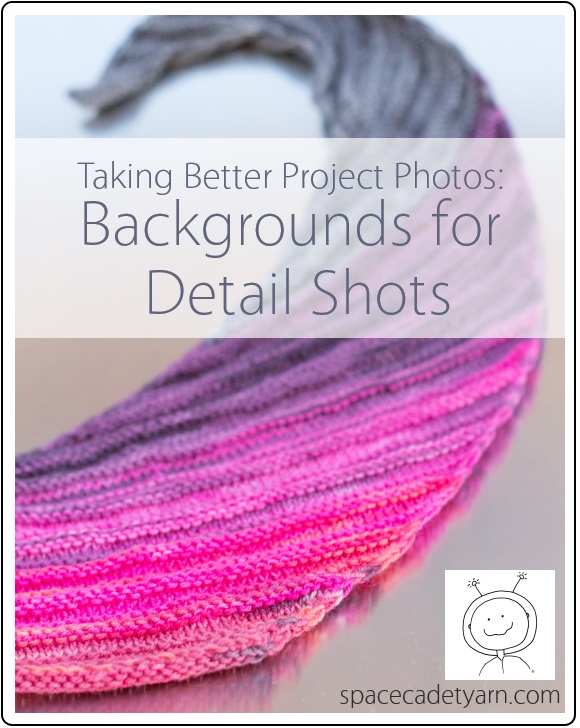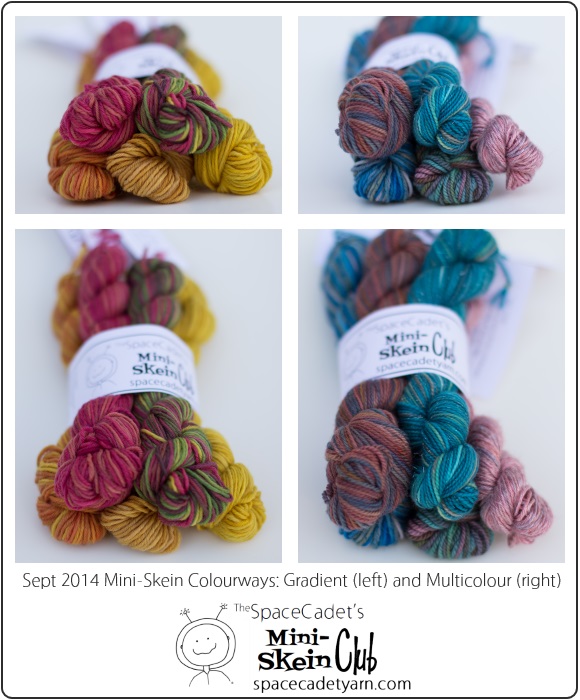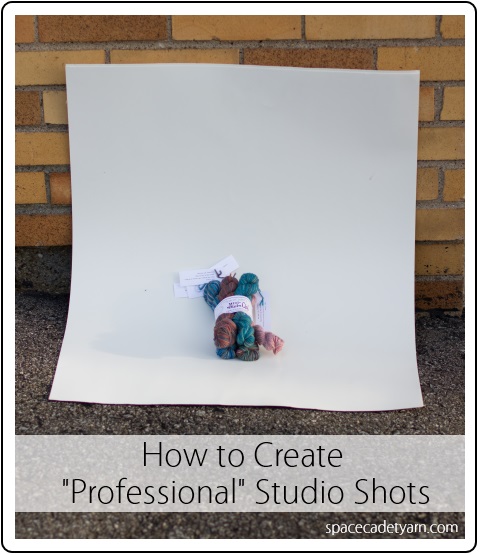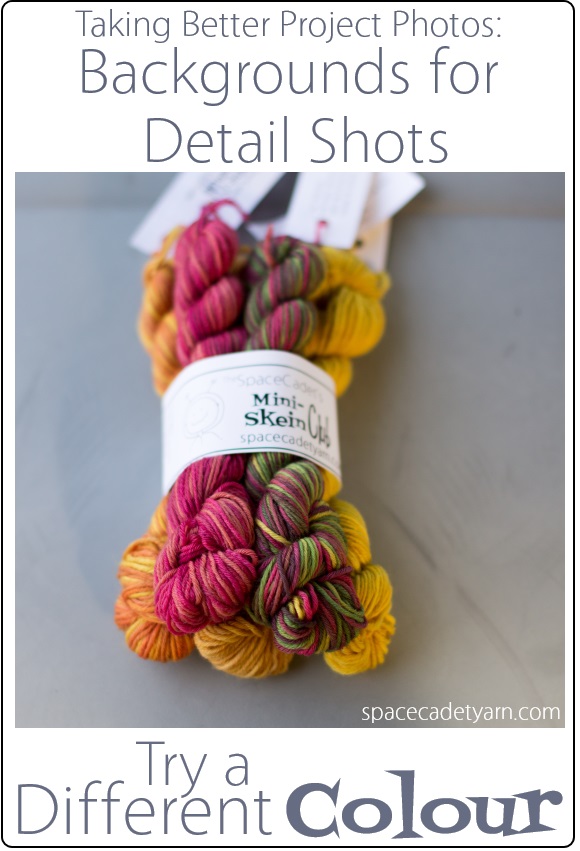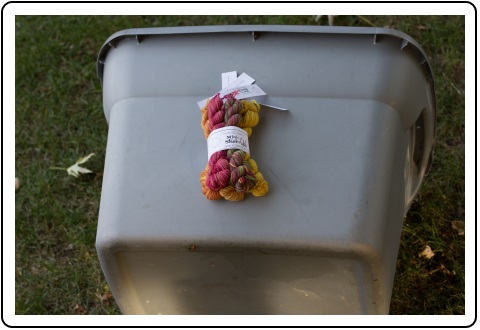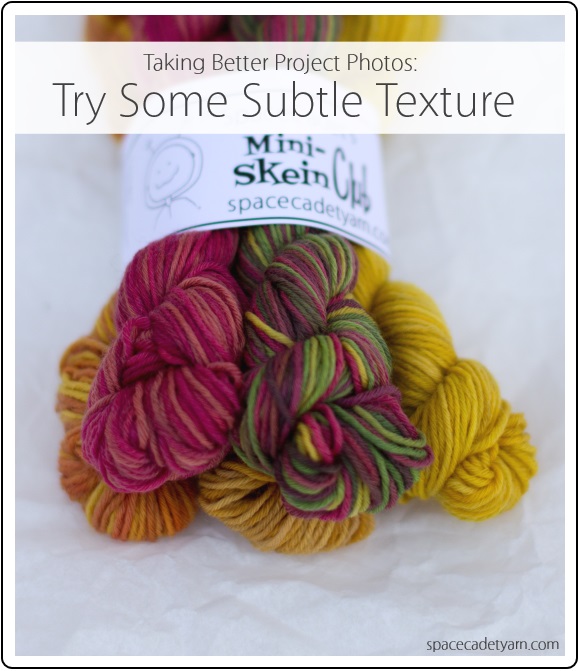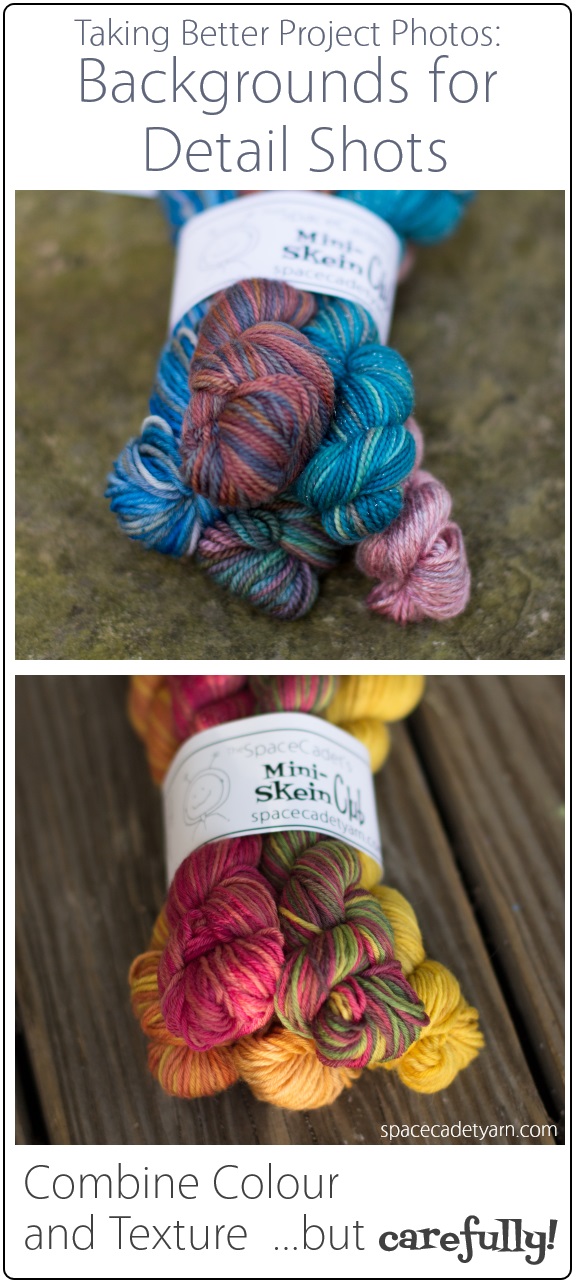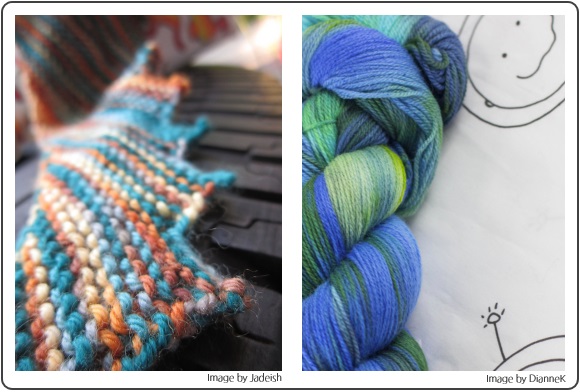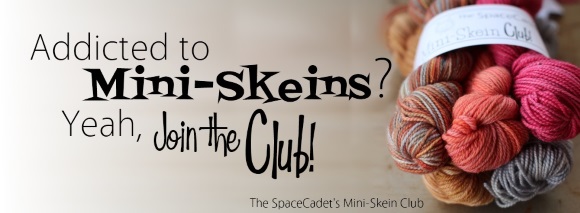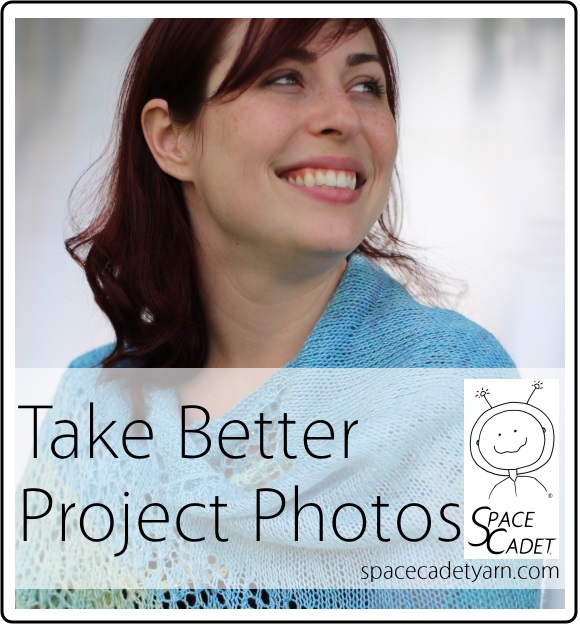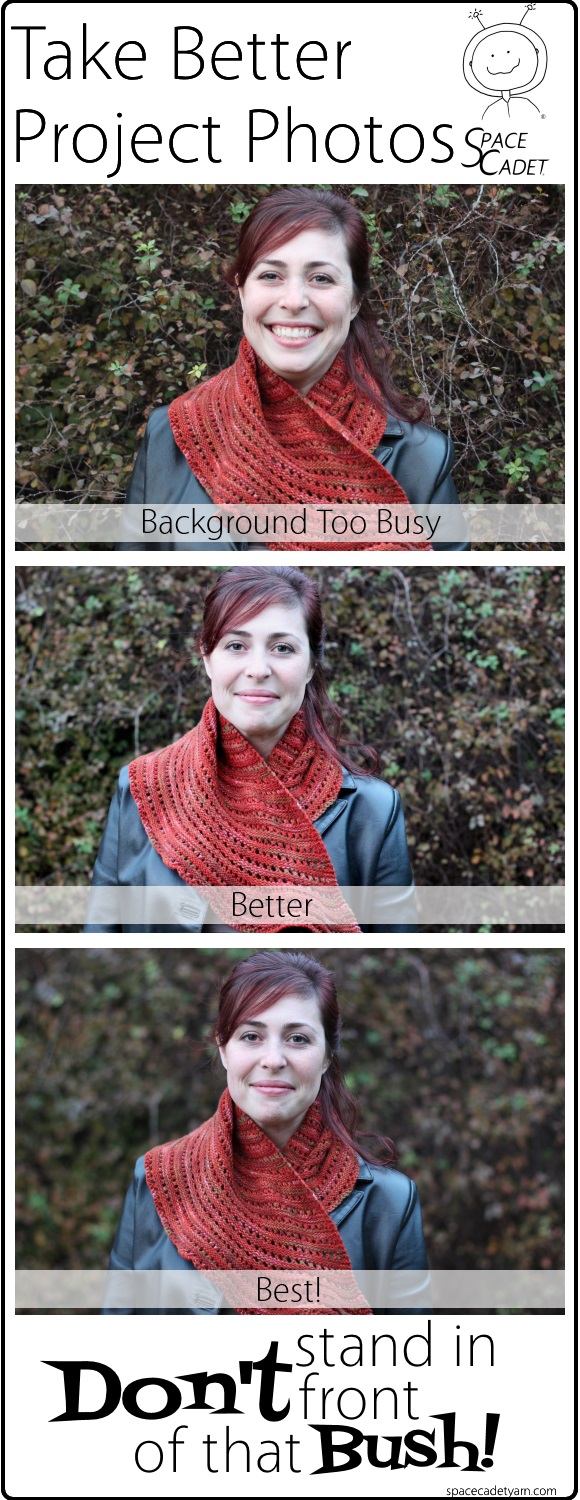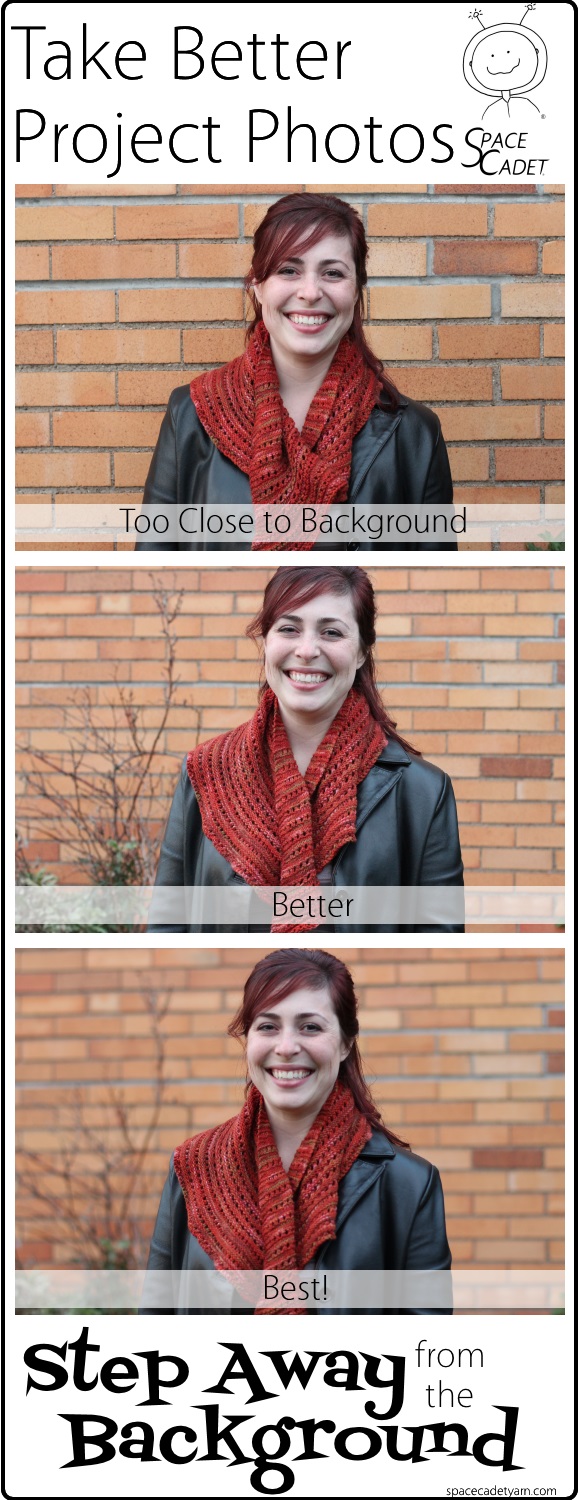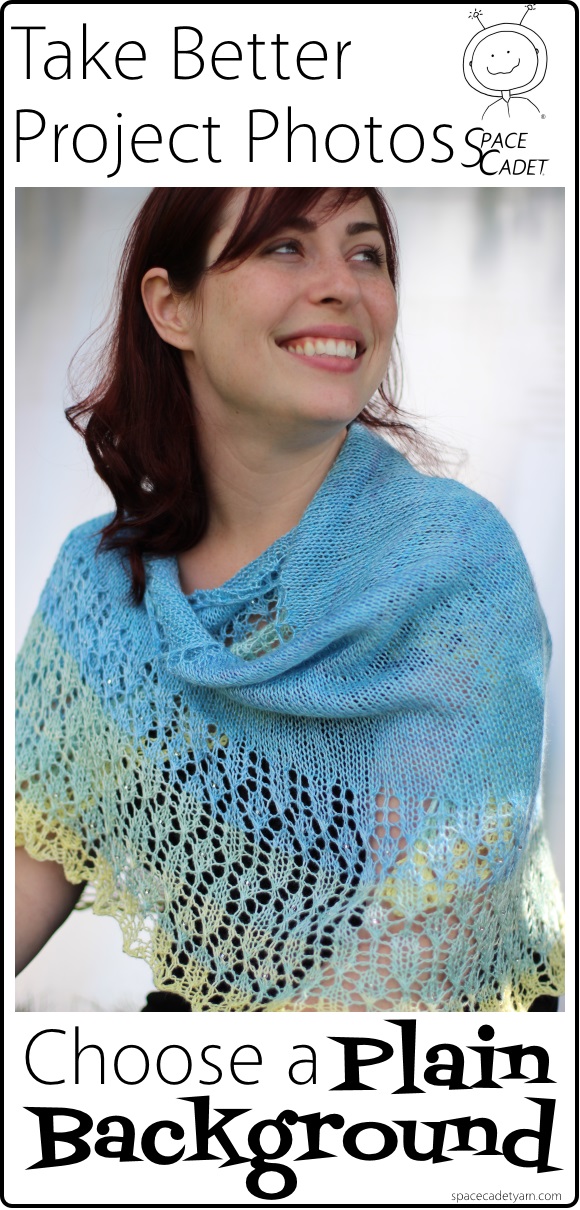I was chatting with my assistant Jade last week about the process of turning full-sized skeins into Mini-Skeins, and she commented that she had been really surprised by how much a variegated colourway could change when the skein was rewound into mini size. And of course they don’t actually change but, the thing is, breaking the larger skeins down into mini-skeins redistributes the colours, mixes them up, so our minds perceive that the skein has changed colour. And that has a big impact not only on the skein itself, but what you eventually make with it. Jade wrote a post about it in the SpaceCadet Ravelry group and it was so interesting, I thought I’d share it here too.
Spoiler Alert: March Mini-Skeins
Now, before we move onto Jade’s post, let me warn you that it does contain images of one of March’s Mini-Skein colourways. If you’re in the club and you want to be surprised when your bundle arrives, don’t scroll any farther. But DO save this post to read later — it’s a really interesting topic. Ok, now, let’s turn it over to Jade…
Stephanie and I have been talking about exciting new things for Mini-Skein Club members, and an offshoot of that discussion revolved around how different full skeins and mini skeins look. Until I started really working with yarn (not just knitting, but seeing the whole process from dyeing to twisting, and especially making Mini-Skeins), I noticed but didn’t understand why the colors of the variegated yarns I loved never quite came out the way I thought they would.
I’d see lovely patches of color, and it would knit up as stripes. Pretty, but where were those beautiful pools? Or, I’d see yarn that looked like a soft, even blend of colors and, out of nowhere, there were the pools, but not where I wanted them. It was a mystery, and I wondered how the same skein managed to look so different.
Here’s where the spoiler alert comes in: One of the March Gradient skeins illustrates this perfectly, and I just had to show you. So, consider this a sneak peek at this month’s Minis…
In the pictures above, you can see the whole skein loose at the top, another skein of the same color that’s been twisted in the middle, and (still) the same color re-skeined as a mini. Each looks so different!
The loose skein at the top looks like two colors flowing evenly into each other. Twisting that skein makes the colors pool into beautiful bands, and the gradient effect is hidden. And in the mini skein, the colors are redistributed so that the skein almost looks striped (which is a big clue as to how it’s might knit up).
And, here’s how this color looks knitted in a swatch:
At this size (28 sts of stockinette with a 2 st garter border), it’s very nearly self-striping. From the whole skein, it looks like it should have been a smooth transition from blue-purple to deep pink, while the twisted skein made it look like it would have pools of purple, blue, and pink. Instead, the mini skein gave the best preview: nearly striped.
The things you learn when you start learning to dye yarn and make mini-skeins…!
So How Does a Variegated Skein Work Up?
This is a question we get asked all the time. A customer will pick up a skein of beautiful, variegated yarn at a show and say to me, “Now, how will this look when I knit it?” It’s an easy question to ask, but it’s got a far more complicated answer than you might think.
The reason is that there is no one way that a variegated yarn will work up in a project. Just as that same skein looked completely different loose, twisted, and reskeined (as in the three pictures above), so it will look completely different again depending on whether you knit or crochet with it; whether you choose plain stockinette, garter, slipped stitches, or openwork; whether you work a small circumference in the round or cast on a huge piece on straight needles. All of those factors (and more) will impact where and how the colours will move on your fabric. So it’s next to impossible for me to look at the skein in your hands and easily answer question.
But the good news? With a little forethought, you are in complete control of the colours!
The Impact of Different Stitch Types
Let me demonstrate. After Jade knit that initial inch or so of stockinette, I asked her change it up a bit, to do some different types of stitches.
You can see from the picture above that, after the stockinette at the bottom, she moved on to slipped stitches, then a simple yarn-over lace, and finally, a 2×2 rib at the top. And what do we see?
First, the striping that was so evident in the plain stockette almost completely disappears in the slipped stitch section. Moving the yarn out of the straight back-and-forth rhythm blends the colours much more evenly, so that almost every stitch appears to be a different colour to its neighbour. And if you knit a whole sweater that way, the overall visual impact would be of a fabric that appears to be a single colour.
In the yarn-over section above that, we see that the colourway’s appearance has changed yet again. The stretched out stitches act to highlight the individual hues of the variegated yarn, giving each one a solo moment in the spotlight. And even more interestingly, there’s even a kind of very subtle pooling happening on the left, where all the purple stitches have joined together. Beautiful!
Finally, we have the rib stitch at the top. Like the stockinette, rib is primarily a side-to-side stitch, so there is striping but this time it’s broken up — and made more subtle — by the stitch texture. Showing that even a very simple stitch pattern can have a big impact on the look of a variegated yarn.
But How Do You Know?!?
There are many more ways that your choices can impact the way your yarn colour will behave. Be it your choice to knit or crochet, your pattern selection, stitch type, needle size, or any number of other things, one skein of variegated yarn can come out looking incredibly different depending on what you choose to do with it.
But how do you know? Well, I have great news: there are ways to decode an untwisted skein just by looking at it, so that you can accurately predict how it will behave and which choices will bring out its beauty best. And I’m going to be putting together a series of blog posts (and perhaps some videos) to help walk you thought that process. They’ll be coming in the next few months, so click here to get on the mailing list and make sure you don’t miss them!
But That Won’t Be Until…
…until after these great Spring Events that we’ve got coming up!
Fri March 13 — The SpaceCadet’s InterStellar Yarn Alliance opens for Subscriptions!
The InterStellar Yarn Alliance is the SpaceCadet’s premiere yarn club, known for its amazing colourways and fantastic gifts. It’s open for subscriptions twice a year for two weeks only — from March 13 to 29 — and spaces always go fast. Set your alarm and then click here to grab your spot first!
Sun March 22 — HomeSpun Yarn Party, Savage MD
Possibly our favourite-est yarn show of the year, this super-fast, super-furious event is always pure crazy and intense fun for anyone who craves hand-dyed and hand-made yarny goodness. A one day show that features only small and indie makers, it’s so worth the trip to the beautiful Savage Mill — if you live in the DC-Baltimore area, please come and see us!
Sunday, March 22 from 12-5pm
Historic Savage Mill 8600 Foundry Street, Savage, MD 20763 Just off I-95, plenty of parking!
Admission is FREE!
Fri-Sun March 27-29 — Pittsburgh Knit & Crochet Festival, Pittsburgh PA
Our hometown festival just gets better and better each year! Having rapidly outgrown all its previous venues, we are super excited that this year’s festival will be at the Westin Convention Center hotel in downtown Pittsburgh. Three glorious days of yarn and fiber fun, plus we are thrilled to be hosting festival headliner Alasdair Post-Quinn (author of “Extreme Double Knitting” from Coop Press) for book-signings in our booth. If you’re in the western PA area, we’d love to see you!
The Pittsburgh Knit & Crochet Festival
Fri-Sun, March 27-29
Westin Convention Center hotel, next to the David L. Lawrence Convention Center in downtown Pittsburgh

